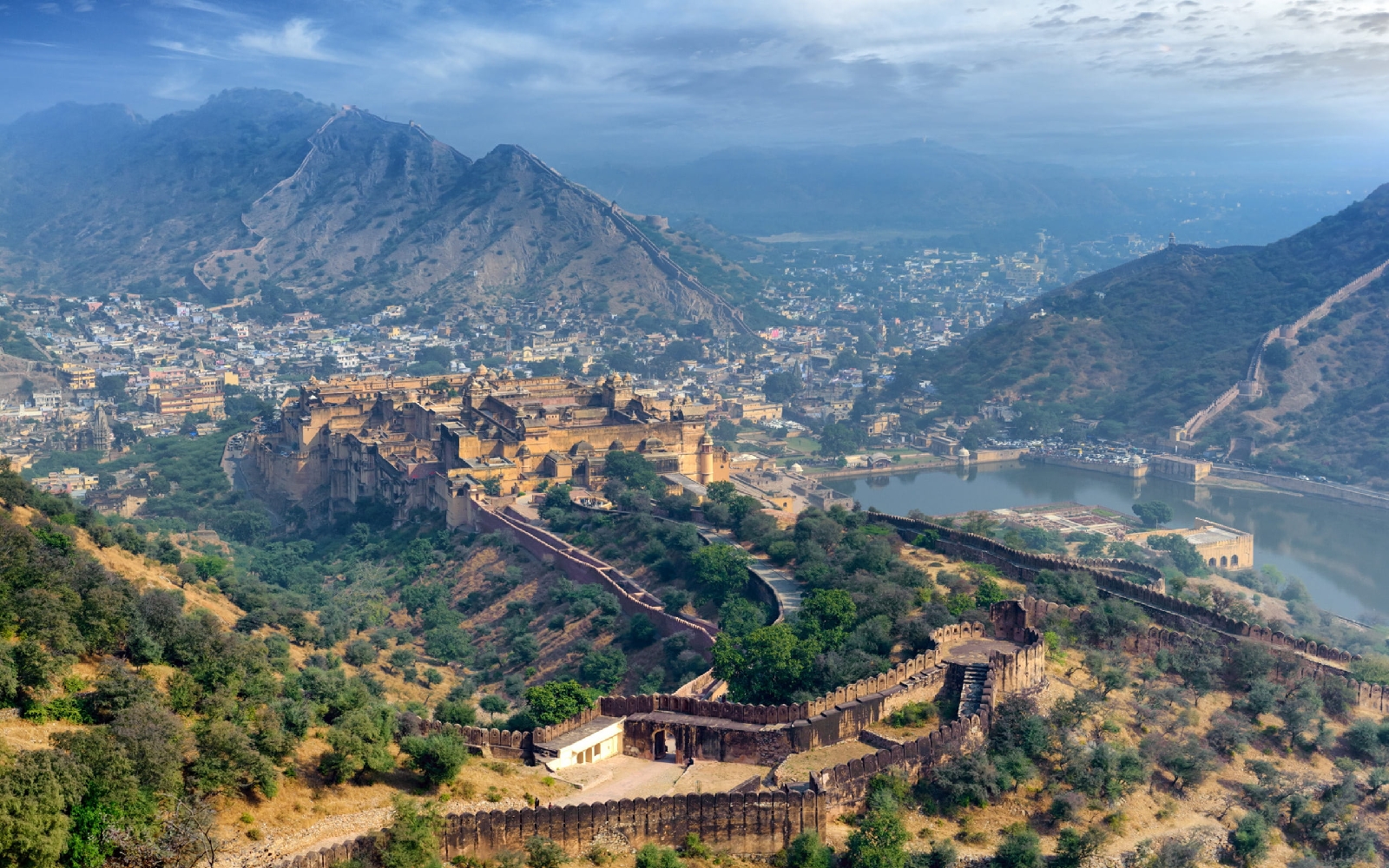Demonetization is a government policy in which the current currency notes and coins of a country are declared invalid and are replaced with new currency. While the specific reasons and goals behind demonetization can vary, I will provide you with some common arguments for why demonetization can be considered important:
1. Curbing black money: One of the primary objectives of demonetization is to crack down on black money, which refers to income or wealth that is unaccounted for and untaxed. By invalidating high-denomination currency notes, which are often used for illicit activities, the government aims to expose and deter those involved in illegal financial practices.
2. Countering corruption: Demonetization can help in reducing corruption by disrupting existing networks of bribery and money laundering. When high-value currency notes are demonetized, individuals holding illegal wealth or involved in corrupt activities may face difficulties in exchanging or depositing their ill-gotten money, thus leading to a decline in corrupt practices.
3. Promoting digital transactions: Another objective of demonetization is to encourage the transition towards a cashless economy. By removing a significant portion of physical currency from circulation, the government aims to push people and businesses towards digital payment methods, such as mobile wallets, online transactions, and electronic banking. This can enhance transparency, reduce the reliance on cash, and improve the overall efficiency of the economy.
4. Combating terrorism and counterfeit currency: Demonetization can be an effective strategy in combating terrorism and counterfeit currency. Terrorist organizations often rely on illicit funding, and by invalidating high-value notes, it becomes more difficult for them to store and use such funds. Additionally, demonetization helps in flushing out counterfeit currency, as individuals holding counterfeit notes would be unable to exchange them for valid currency.
5. "India's Economy: Navigating Opportunities and Challenges": Demonetization can aid in bringing a larger portion of the informal economy into the formal sector. When cash is invalidated, it encourages people to deposit their money in banks, thereby increasing financial inclusion and bringing unaccounted funds into the banking system. This can contribute to economic growth and enable better implementation of taxation and welfare policies.
It's worth noting that the effectiveness and outcomes of demonetization can vary depending on the specific context, implementation, and economic factors. While the goals of demonetization can be significant, the success of such measures depends on careful planning, adequate infrastructure, and support mechanisms to mitigate short-term disruptions to the economy and inconvenience to the general public.



Comments
Post a Comment